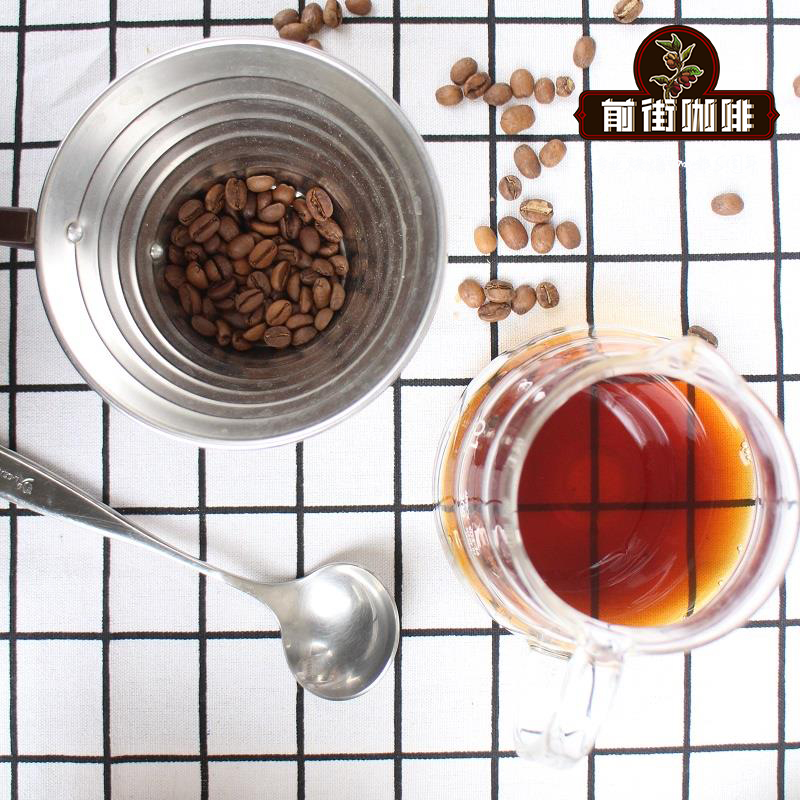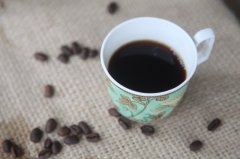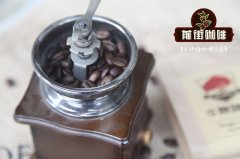What's the difference between blue bottle coffee and Starbucks coffee? blue bottle coffee tastes good.

Professional coffee knowledge exchange more coffee bean information please follow the coffee workshop (Wechat official account cafe_style)
What's the first thing that comes to mind when it comes to coffee? There are all kinds of packaged instant coffee in the supermarket, Starbucks and Louisa in the roadside chain coffee shop, or hand-made black coffee in independent cafes with daily specials. As coffee goes deeper and deeper into people's daily life, the battle for boutique coffee brought about by the "third wave of coffee" has gradually begun.
. The third wave of coffee, represented by Blue Bottle, has turned coffee from a refreshing drink to a delicacy.
The "third wave of coffee" is a milestone in the history of coffee, marking the transformation of coffee from a "refreshing" functional role to the most exquisite enjoyment. Among them, Blue Bottle Blue bottle Coffee, an American coffee chain, is the aesthetic representative of "coffee with soul" in this trend, and is known as "the Apple of coffee industry".
Blue bottle Coffee, founded in Auckland in 2011, is famous for not selling roasted coffee beans for more than 48 hours. James Freeman, the founder of Blue Bottle, is deeply influenced by the spirit of Japanese workers, paying attention to every detail from the quality and flavor of coffee to roasting and packaging, believing that each cup of coffee has its own "soul".
In each branch, Blue Bottle Blue bottle Coffee insists on using self-selected and roasted coffee beans, cup by cup by professional baristas, and stipulates that coffee powder must be used within 45 seconds after grinding to show the freshest flavor. The reason why it is stipulated that roasted coffee beans will not be sold for more than 48 hours is to allow customers to get the freshest coffee and drink it at the best time.
The success of blue bottle coffee and the third wave of coffee depends on the first and second waves of coffee, laying the groundwork for today's boutique coffee. The first wave of coffee can be traced back to when coffee business opportunities began to sprout in the 1800s and peaked in the 1960s. This trend has popularized coffee and appeared on the table of American families in the form of instant coffee. The coffee in this period is characterized by "convenience" and "drink as soon as you go", paying less attention to the quality of coffee and taking "convenience" as the main demand.
Out of dissatisfaction with the first wave of coffee at the expense of quality, the second wave of coffee began in the 1960s to pay more attention to the flavor and production of coffee, and coffee chains such as Starbucks Starbucks also took advantage of this trend. Coffee during this period used high-quality coffee beans, heavy roasting techniques, and a variety of seasonings (milk, syrup, chocolate, etc.), which enhanced the texture and diversity of coffee.
Blue bottle Coffee has more than 30 stores in the United States, and officially entered the Japanese coffee market in 2015, so far it has opened eight stores in Japan.
In an effort to keep these brands from being prettier, Starbucks Starbucks plans to open new Reserve Coffee areas in its 1000 stores in the United States in 2017 to keep pace with the third wave of coffee. Through the more advanced raw materials-excellent quality, rare production, unique flavor of classic coffee beans and hand-brewed way, in an attempt to promote Starbucks to the top boutique coffee market. The CEO of Starbucks said that what is special about the stored coffee is that "we don't try to control the taste of the coffee, but to explore the nature of the beans and show their best flavor." In addition to opening more coffee collection areas in existing stores, Starbucks also plans to set up 1000 collection cafes that sell only classic coffee, but the date has not yet been set.
Important Notice :
前街咖啡 FrontStreet Coffee has moved to new addredd:
FrontStreet Coffee Address: 315,Donghua East Road,GuangZhou
Tel:020 38364473
- Prev

What is Blue Bottle Coffee? A Blue Bottle Coffee Start-up Story from a Cart
Professional coffee knowledge exchange More coffee bean information Please pay attention to coffee workshop (Weixin Official Accounts cafe_style) Legend has it that at the end of the 17th century, Turkish troops swept through most of Eastern and Central Europe and arrived in Vienna in 1683. The Viennese, desperate for an apostle, crossed the Turkish line to the Polish army nearby and spoke Turkish and Arabic.
- Next

The pace of Blue bottle Coffee entering China is speeding up. Chinese stores of Blue bottle Coffee are not far away!
Professional coffee knowledge exchange more coffee bean information please follow the coffee workshop (Wechat official account cafe_style) recently, there are online media rumors that the coffee industry's Apple Blue bottle Coffee (Blue Bottle Coffee), which was acquired by Nestl é last year, is about to enter China, and as soon as this year. In the face of the booming Chinese coffee chain market, snacks have been introduced before.
Related
- What brand of black coffee is the most authentic and delicious? what are the characteristics of the flavor of the authentic Rose Summer Black Coffee?
- Introduction to the principle and characteristics of the correct use of mocha pot A detailed course of mocha pot brewing coffee is described in five steps.
- Which is better, decaf or regular coffee? how is decaf made?
- How much is a bag of four cat coffee?
- How about four Cat Coffee or Nestle Coffee? why is it a cheap scam?
- Which is better, Yunnan four Cats Coffee or Nestle Coffee? How about cat coffee? is it a fake scam? why is it so cheap?
- How about Cat Coffee? what grade is a hoax? which instant coffee tastes better, four Cat Coffee, Nestle Coffee or G7 coffee?
- Process flow chart of coffee making-Starbucks coffee making process what coffee tastes good at Starbucks
- The top ten best coffee beans in the world Rose summer coffee or Tanzanian coffee tastes good
- Yunnan four cat coffee is good to drink?_four cat coffee is a big brand? four cat blue mountain coffee is fake?

